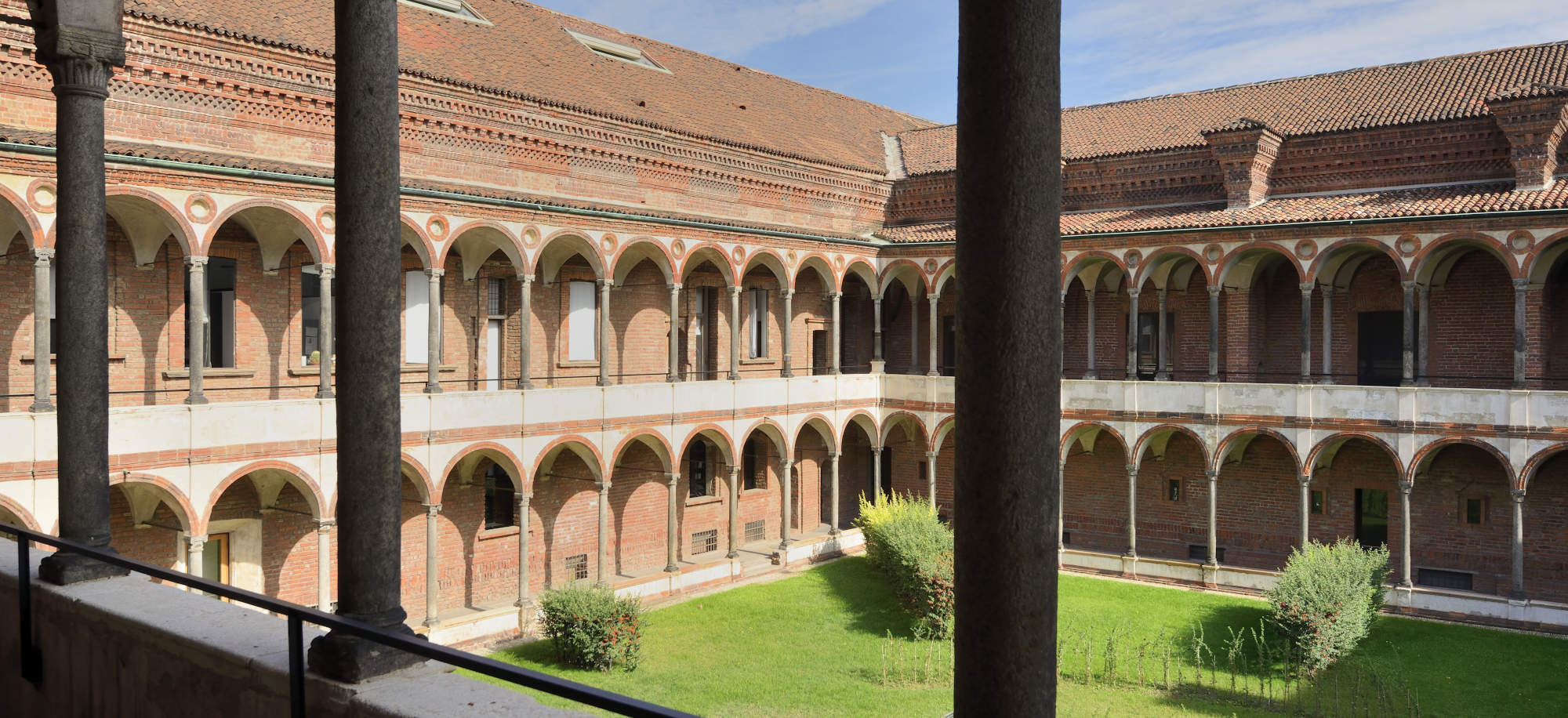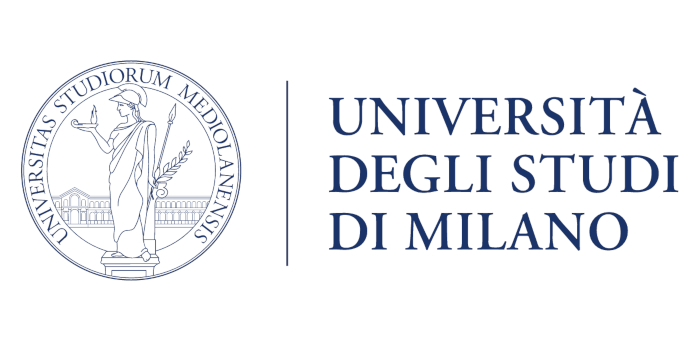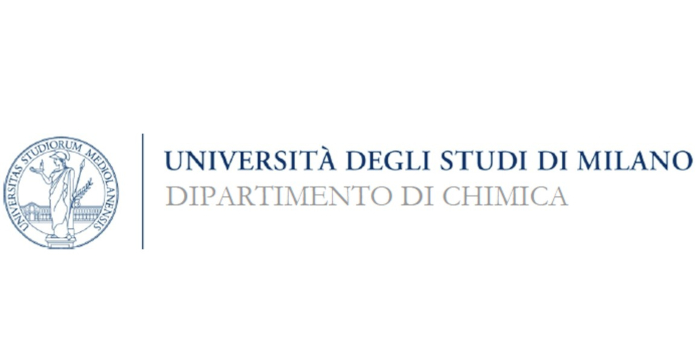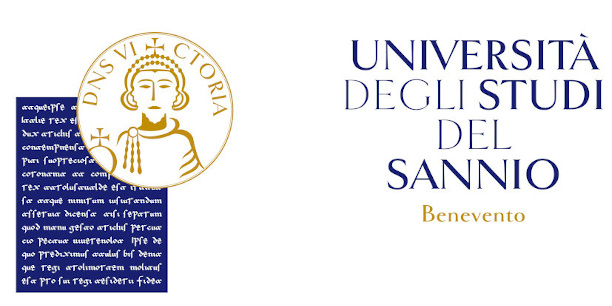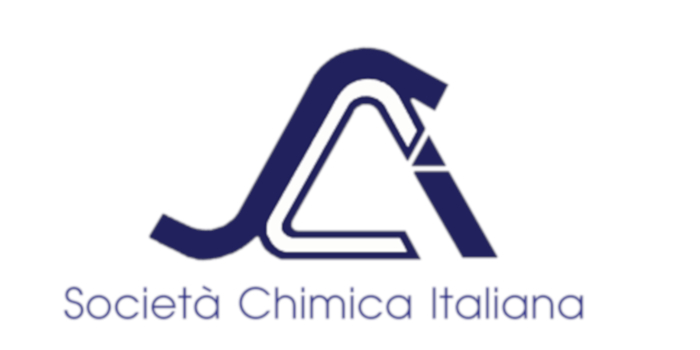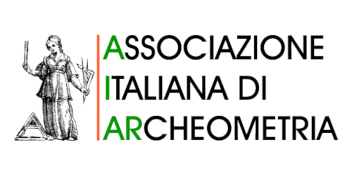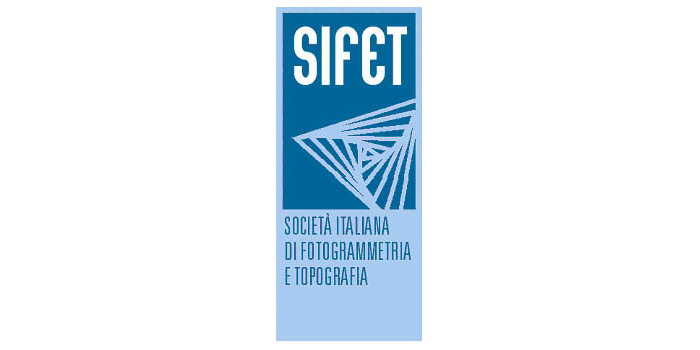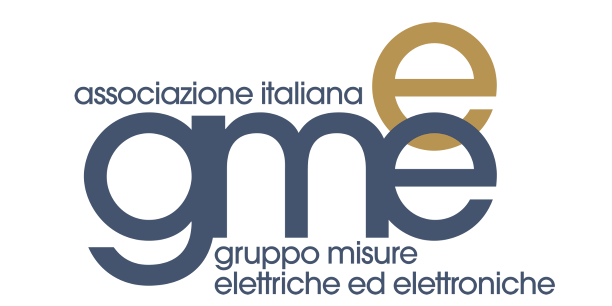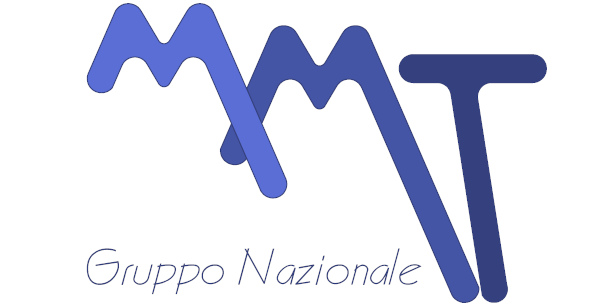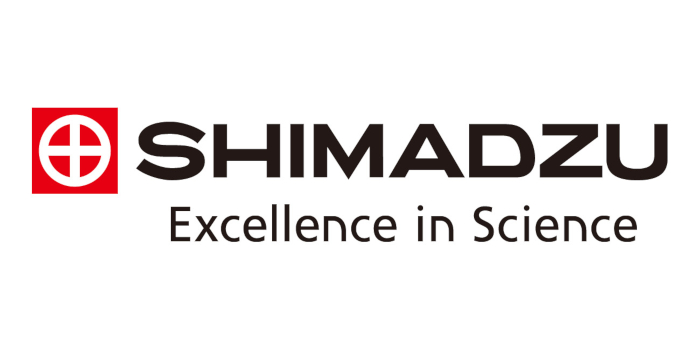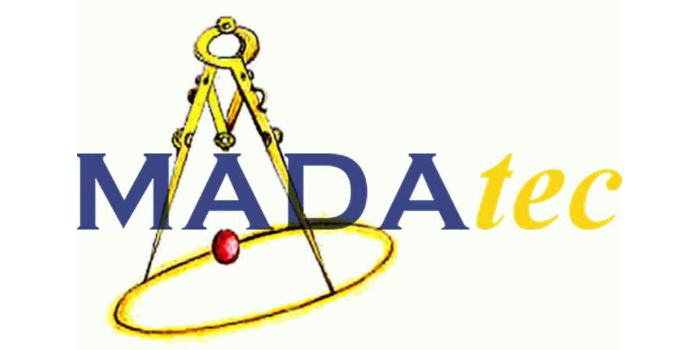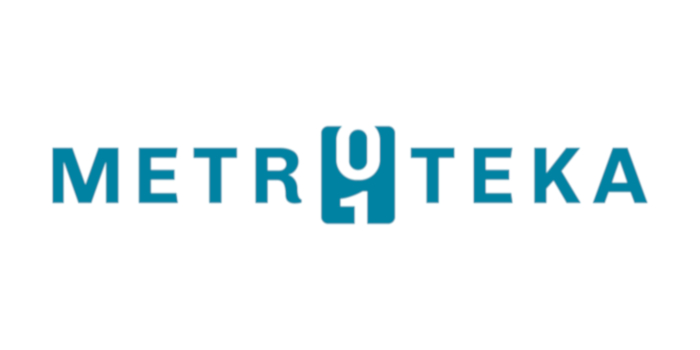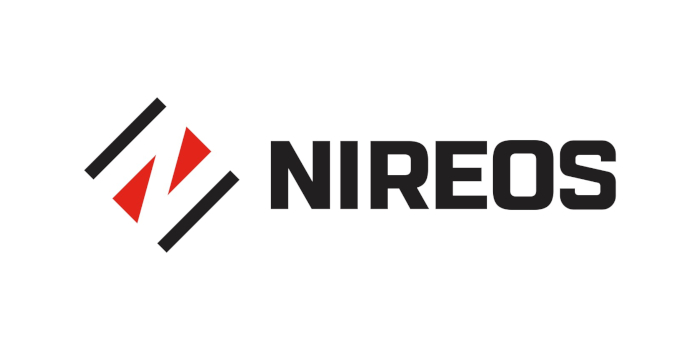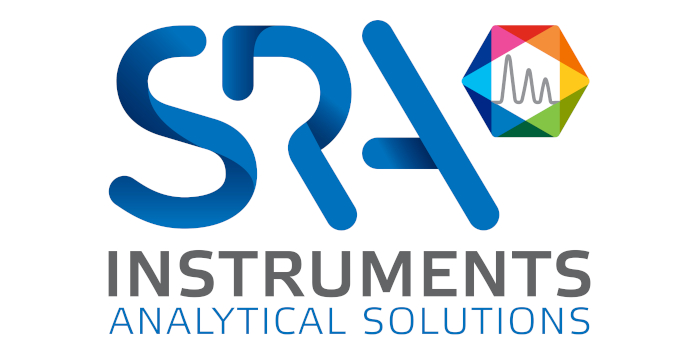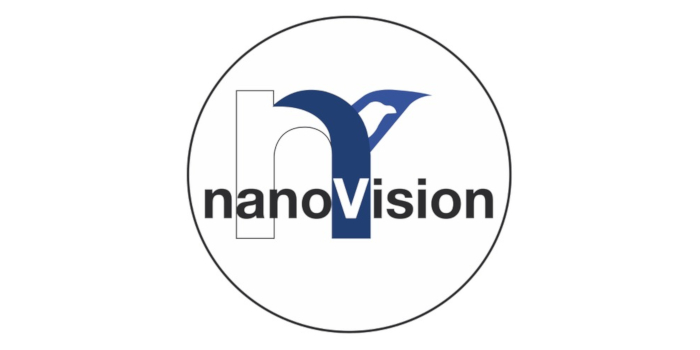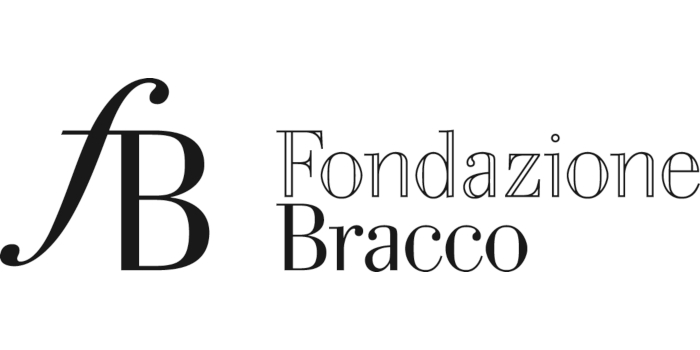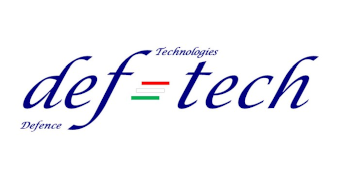HANDHELD AND MOBILE INSTRUMENTATION IN CULTURAL HERITAGE RESEARCH
ORGANIZED BY
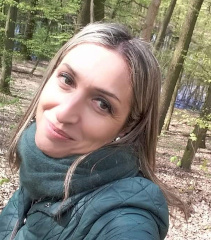
Rosina Celeste Ponterio
CNR - IPCF, Italy
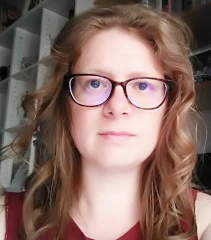
Giulia Festa
Museo Storico della Fisica e Centro Studi e Ricerche "Enrico Fermi", Italy
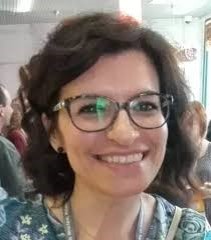
Maria Luisa Saladino
Università degli Studi di Palermo, Italy
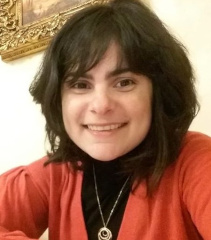
Viviana Mollica Nardo
CNR-IPCF, Italy
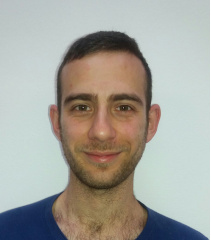
Francesco Armetta
Università degli Studi di Palermo, Italy
Claudia Scatigno
Museo Storico della Fisica e Centro Studi e Ricerche "Enrico Fermi", Italy
ABSTRACT
In the last decade, a fast growing increasing of handheld and mobile instrumentation was observed especially in the field of archaeometry research. In general, the goal of any archaeometric investigation is to give useful indications in solving questions on dating, provenance and originality of a findings, but often the objects or masterpieces to investigate cannot be moved, so become crucial to move the instrumentation in museums or archaeological sites. The ever-closer interaction between archaeologists and scientists gave arise to a lot of interesting results ranging from applications in analytical chemistry and physics, to geophysical methods including multivariate analysis. Ancient artefacts are complex and non-homogeneous objects, subject to degradation processes and the interpretation of the results can be dependent on several factors such as instrumentation, methodology and the artefact itself. For this reason, a significant number of measures is required and chemometric tools are a good way to manipulate these large and heterogeneous datasets.
TOPICS
Topics include, but are not limited to:
- Spectroscopic techniques (i.e. XRF, Raman, FORS, IR, SERS);
- 3D survey;
- Photogrammetry;
- Imaging;
- Multivariate analyses;
- Machine learning techniques.
ABOUT THE ORGANIZERS
Rosina Celeste Ponterio is researcher at the CNR-IPCF. She received her master degree in Physics on March 1993 at University of Messina. In 2000 she obtained her Ph.D. degree at the laser spectroscopy laboratory of Physics Department at Messina university. From 2001 she holds a permanent position as researcher at CNR, Istituto per i Processi Chimico-Fisici. The research of Dr. Ponterio focuses on the various application vibrational spectroscopy, in particular Raman spectroscopy (SERS, Raman, Ft-Raman) and most in general on laser based spectroscopy techniques in the field of materials science and cultural heritage. Her interest is also in neutrons based techniques (especially diffraction, tomography and neutron imaging) and instrumentation development, she has been carrying out this research and experiments at European facilities of ISIS (Uk). Since 2006 to the present, she is Principal Investigator of a number of neutron experiments performed at STFC-ISIS neutron source and she is part of the IPCF – CNR Messina team of researchers who, within PANAREA project, designed and implemented an energy resolved tomographic (neutron) chamber and installed in the IMAT beamline at the RAL (UK).
Giulia Festa is a physicist, researcher at the Museo Storico della Fisica e Centro Studi e Ricerche "Enrico Fermi" (CREF) in Rome (Via Panisperna, Italy). Her research concerns the application and development of physical techniques for cultural heritage. Since 2017 she leads the laboratory dedicated to the study of cultural heritage at CREF. She has the expertise and tracks record in analytical techniques including Diffraction, Gamma Spectroscopy, Neutron Resonance Analysis, Neutron Activation and Imaging techniques, Raman Spectroscopy and X-ray Fluorescence. She is the referee of international journals and co-editor of the first book specifically dedicated to the application of neutron techniques to cultural heritage: "Neutron methods for archaeology and cultural heritage" (2017) published by Springer International Publishing. Since 2006 she has carried out part of her activities at international laboratories, participating in the design and construction of instrumentation as well as investigations in the field of archeometry and neutronics. She has been the Principal Investigator of more than 38 experiments carried out at Large International Research Infrastructures. Giulia Festa was also included in Elsevier's New Virtual Special Issue on Women in Physics, 2017 for her research work "Research opportunities with compact neutron sources based on accelerators".
Maria Luisa Saladino. MS in Chemistry in 2001; PhD in Chemical Sciences in 2008. Since 2019 she is Associate Professor at STEBICEF Department of University of Palermo. The research activity is related to the development of innovative nanostructured materials, such as luminescent nanoparticles, mesoporous silica materials, polymer nanocomposites and controlled release systems for the protection of stone surface and the deacidification for ancient papers. She is also involved in the development of analytical methods for the investigation of artefacts in the field of Cultural Heritage, by using non invasive techniques and multianalytical approaches. Some of the most important investigations were: plated textiles of ancient Egypt in collaboration with Museum of Egypt of Turin, Roman Rostrum of Acqualadrone, Ingots of Gela in collaboration with Soprintendenza del Mare of Sicily, Silver’statues at Museo del Tesoro of San Gennaro in Naples, glass reverse paintings at Museo delle Tradizioni silvo-pastorali di Mistretta (ME), some painted slabs of the STERI’ceeling of Palermo, “Trionfo della Morte” at Abatellis Museo of Palermo, and paintings on canvas such as “Madonna delle Grazie” at Palatina Chapel of Palermo and “Madonna del Rosario” of Antonello da Messina at Museo Regionale di Messina. Scientific production: about 100 among papers, proceeding books and book chapters, about 250 conference presentations/seminars/lectures, in the field of Physical Chemistry, H-index=21, citations=1200. She is author of one Italian patents and editor of a peer-reviewed international journal.
Viviana Mollica Nardo received her master degree in Chemistry on 2011 at University of Messina and PhD in Chemical Sciences in 2015. From 2016 her research focuses on the various application vibrational spectroscopy, in particular Raman spectroscopy for the investigation of artefacts in the field of Cultural Heritage (SERS, Raman, Ft-Raman) and in development of innovative nanostructured materials (SERS-Substrates). Since 2016 to the present, she is also involved in diagnostic campaigns with portable instrumentation. Some of the most important investigations concern: artefacts preserved in Museum of Egypt of Turin, some glass reverse paintings at Museo delle Tradizioni silvo-pastorali di Mistretta (ME), two painting of Antonello da Messina at Museo Regionale di Messina, a large clay masks collection of Museo di Lipari and on the painted slab tombs at Paestum archaeological site. Her interest is also in application of computational methods in the study of organic pigments. In particular her studies the theoretical modes with DFT method of molecules of the modern pigments.
Francesco Armetta, graduated in chemistry in the 2013 is a Materials Engineering PhD in Information and Communication Technologies at the Università degli Studi di Palermo. He was also a research grant holder at Centro Nazionale delle Ricerche, performed a six months Advanced Training at the ISIS neutron spallation source of Science and Technology Facilities Council (STFC) in United Kingdom and he worked for six months on "Chemical physical investigation on archaeological samples" at the Università di Camerino. Since 2019 he is three years Researcher at STEBICEF Department of University of Palermo. His interest has been focused on the development of luminescent nanomaterials and archaeometry. He is author of papers concerning the development new synthesis method and characterization of nanomaterials in journals of chemistry and engineering and, more recently, on characterization of archaeological metallic objects recovered in the seabed in collaboration with Soprintendenza del Mare of Sicily. He was several times guest, also for long period, of foreign research institutions in United Kingdom, Germany and Poland. He also attempted to several high level summer school on Neutrons and on Cultural Heritage. Recently he was involved in the organization of Archaeometry and Underwater Archaeology Summer School and of several dissemination events.
Claudia Scatigno is a Conservation Scientist, specialized in Microclimatology and in indoor/semi confined environment Monitoring (study of environmental parameters, air turbulence, air quality control) expert in Multivariate Statistics and Chemometry (big data handling). She holds a joint international doctorate in Environmental Analytical Chemistry at the Basque Country (UPV / EHU) and in Earth Sciences at La Sapienza (University of Rome) specializing in chemical-physic characterization of materials (X-ray, SEM, Raman and XRF spectroscopies, analytical techniques and isotopic analysis), obtaining an international doctorate excellence award. From 2017 to 2020, during the post-doctorate, she conducted research on experimental physics (Condensed matter physics), in particular she conducted inelastic vibrational spectroscopy of neutrons on analytes and reference standards such as ZrH2 and LDPE (for the study of calibration curves) and was part of an international research team as a scientist for the building of the new neutron beam line in Sweden (ESS) where she was responsible for establishing the instrumental sensitivity of INS machines for the detection and quantification limits and statistical analysis of vibrational spectra. In the last 4 years she has conducted research activities, as PI and as a co-investigator on more than 10 experiments (materials such as perovskites, oils, cements, etc ..). Now she is a fellow at Museo Storico della Fisica e Centro Studi e Ricerche “Enrico Fermi” (Rome). She is a referee of two international journals and has published more than 30 articles in international journals.
